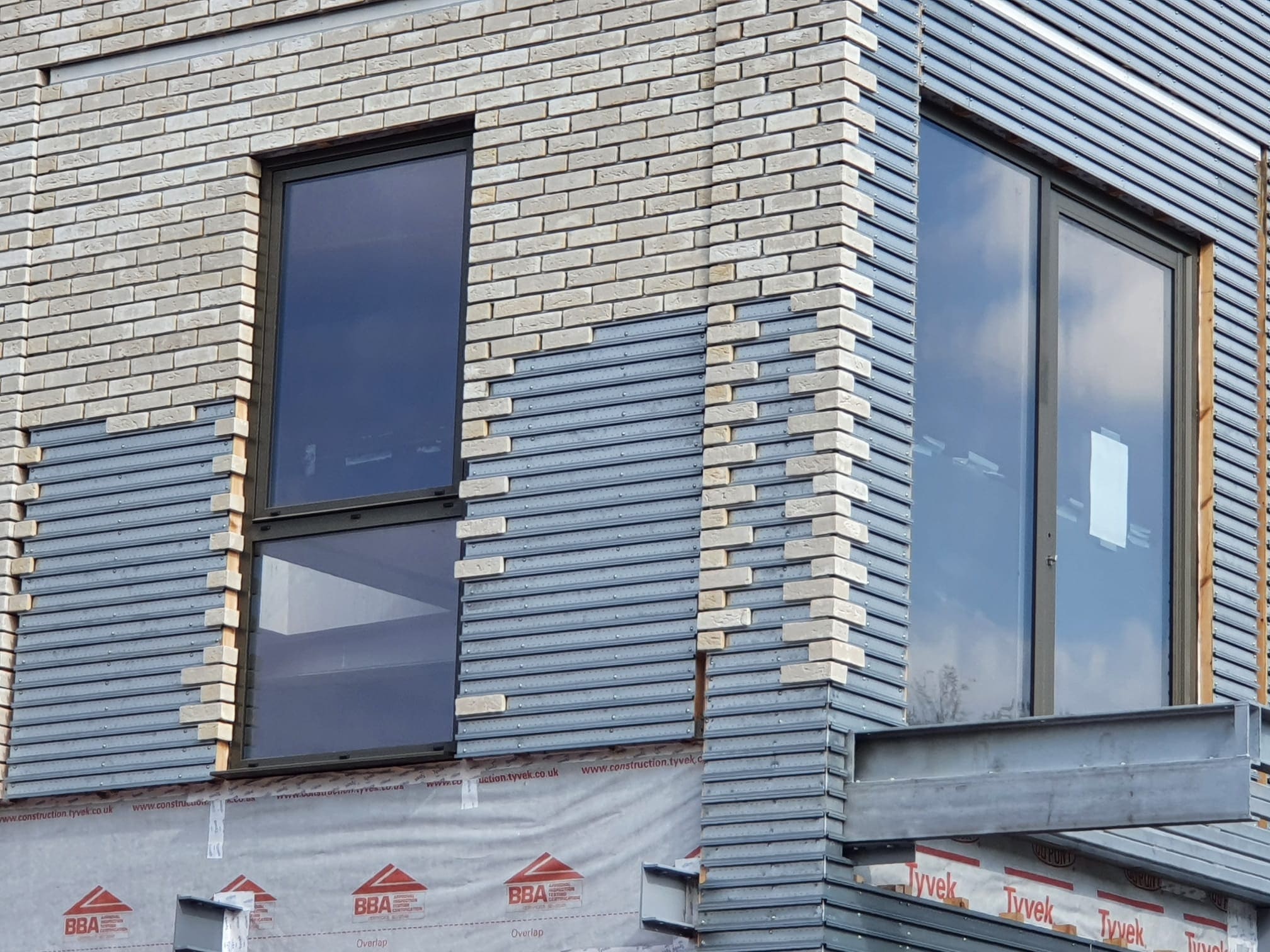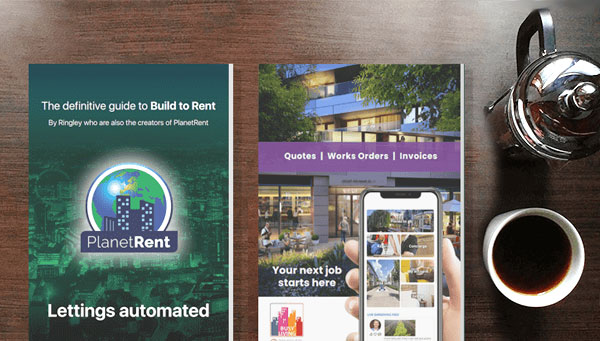 702
702
 0
0
Government’s New Mediation Pilot Scheme
Mediation is gaining traction, with the recent announcement that TDS Resolution is expanding its service, and now the Government has followed suit. In February, details of a new mediation pilot scheme were published, aiming to offer an alternative to court disputes for landlords and tenants.
How the Mediation Pilot Works
The Government’s scheme, backed by the National Residential Landlords Association, is free for those involved in housing possession court cases. It aims to resolve disputes before they escalate to a formal court hearing. Cases are first reviewed by the court, during which tenants can access free legal advice. Landlords can then request mediation, and if the case is deemed suitable, it can be referred for resolution.
A Faster, Cost-Free Alternative to Court
Unlike traditional legal proceedings, the mediation service is designed to be quick and efficient. If a case is referred, the mediation process takes place remotely via telephone within 10 days. A trained, neutral mediator works with both parties to identify issues and facilitate an agreement. If a resolution is reached, the court is informed, and the case is closed—saving time and legal costs for both sides.
Key Factors for Successful Mediation
For mediation to be effective, both parties must:
- Be open and flexible
- Be willing to work with the mediator
- Clearly communicate their position
- Answer any relevant questions
- Have a quiet, private space for discussions
- Be available for the entire mediation session
Challenges in Implementing Mediation
Despite its advantages, mediation can only succeed if both landlords and tenants are genuinely committed to finding a resolution. Some individuals may still prefer the certainty of a court ruling, regardless of the benefits of mediation. When one party is unwilling to participate in good faith, the process becomes ineffective.
The Reality of Dispute Resolution
While mediation offers a viable alternative to legal battles, it is not a one-size-fits-all solution. The success of the Government’s pilot scheme will ultimately depend on the willingness of both landlords and tenants to embrace it as a fair and constructive way to resolve disputes. Until then, some cases will inevitably continue down the traditional court route.




Meet our Expert Property Commentators



























